We recently jumped into the green debate during a recent podcast with NAD, Bluesound, MQA, and DALI and it became quite clear that European audiophiles are far more focused on this topic than their North American counterparts. Very few of us think about how much energy our systems use and most of our kvetching centers around how little battery life we get from our smartphones and tablets.
I have written rather extensively about the Dongle DAC market and how they have taken over from DAPs for the most part; we did have a lot of interest at T.H.E. Show in the brand new Astell & Kern KANN MAXX, but the big draw was the ability to try over 25 different dongles to see which one worked best with specific phones and headphones.
We often had two or three attendees listening through various dongles and others waiting their turn to try the same; the cost of entry is fairly low by high-end audio standards and people often own more than one.
Often though, what users were waiting for was one of the USB Type-C to Lightning adapters to allow iPhone users to try dongles that didn’t ship with lightning adapters.

Even then, there were problems with devices that needed more power than the iPhone is willing to supply and it was not uncommon to hear “well this one won’t work” due to the dreaded “Attached Accessory Uses Too Much Power” message on the device.
The root of this problem is that the iPhone only supports 2.4-4.8V at up to 300mA accessory power. The standard for USB is 5V at up to 500mA for USB 1.0 & 2.0 and up to 900mA for USB 3.0.
This creates a problem when trying to use a Lightning to USB Type-C adapter between an iPhone and dongles designed for USB; especially because USB 3.0 can easily demand more power than the Apple devices are willing to provide.
This brings up another interesting point because dongles that ship with both Lightning and USB Type-C cables must be internally limited to 4.8V at 300mA in order to accommodate Apple devices, while those shipping with USB Type-C only are able to take advantage of higher voltages and more current to run the device.
That means that not all Dongle DACs are created equal and even the same dongle may sound different on Apple products if it is able to properly work with the connection type and adjust accordingly.
Most dongles created to work with all of the various smartphones were designed to operate at the lower 4.8v/300mA standard because it is more cost effective to do so. Some Dongle DACs, however, will remain Android and PC only as they simply cannot function at 300mA.

The Apogee Groove is a great example of what has happened to phones over the years. When the Groove first came out, it was a PC only dongle as neither Apple nor Android phones would power it.
When plugged into either device it would flash the lights and then you would get a message on screen that the power draw had been exceeded and it would cut off. When Android switched to USB Type-C, the Groove started working with Android phones as they now had the ability to power the device (5v/900mA).
Apple users were still out of luck.
Some will point to the recent E-waste legislation in the EU as a potential end to this problem since it would force Apple to use USB Type-C but there are still some hurdles there.
First, is the new legislation is not a done deal yet and must be signed off later this year by the EU Parliament and Council and you can bet Apple’s lobbyists in Europe will be fighting hard to make sure that doesn’t happen.
Secondly, the wording in the rule is key. It requires that all devices use a standard connector to reduce e-waste; the problem is it does not require Apple to use the full USB 3.0 specification, just the charging circuit.
It is entirely possible and maybe even probable that Apple will abide by the letter of the law and not the spirit of it.
Changing the connector to USB Type-C but not fully adopting the USB 3.0 standard on iPhone and iPad would allow Apple to comply with the law as it is currently written and still maintain their current design. By not adopting the full USB 3.0 standard, Apple can avoid several potential PR issues with the change.
- If you adopt USB 3.0 with no additional hardware changes, battery life on the new model will likely be less than current versions of the same phone as now accessories with higher power draw can be used. So an iPhone 15 (guessing) with a USB Type-C might well have a shorter battery life than a iPhone 14 with Lightning. That would hardly be a selling point for new models.
- If you design the new device to use USB 3.0 and maintain the battery life of the existing devices, a larger battery and new charging circuitry may require a redesign of the phone. With Apple being all about design language, I can’t see a departure from the existing aesthetic being acceptable.
- Since the new standard applies to all portable devices and not just phones, all the same issues would have to be addressed for iPads and any other new portable devices as well and again either the battery changes or reduced battery life would be required.
If Apple decides to change to a USB Type-C port as prescribed but not adopt the full USB electrical standard, they could literally swap one connector for the other with no additional changes inside the device. This would allow for no change in design language and by continuing to enforce the 300mA output limit, no changes to battery life from the previous model.
It wouldn’t be the first time Apple has used this kind of logic; we need to circle back to 2018 when Apple, Google, Lenovo, LG, Motorola, Samsung and Sony all agreed to use some form of USB-C charging by 2021. There were loopholes that allowed Apple to skirt the agreement by producing Lightning to USB-C cables and adapters instead of updating the charging port.
To see the text of this agreement see the memorandum here.
When questioned on this, Apple’s biggest arguments are:
Enforcing a single standard stifles creativity and would have prevented the move from mIcro-USB to USB Type-C connectors. To me, this is an interesting stance since Apple never used micro-USB and chose to use Lightning instead of USB Type-C on devices in the era they are referencing.
So while the argument may be valid, they chose to exclude themselves from it at the time only to use it as the basis for their arguments later.
They also speak to the creation of e-waste because of “All the lightning accessories that would immediately become e-waste should the law pass.”
Apparently, the concept of a Lightning to USB adapter is foreign to them even though they’ve made the reverse in their camera connection kit for years as they could never convince a major camera company to adopt Lightning.
While some peripherals might have problems adapting, the vast majority can be adapted with a simple USB Type-C male to Lightning female cable that is commonly available already.
Apple points to two studies that suggest forcing makers to use a single connector would be bad for consumers and potentially the economy. Doing some digging reveals that the larger study was funded by Apple and the second by a group of companies that includes Apple and several lightning peripheral manufacturers.
While this doesn’t mean the points in the studies are not valid, it does call into question the motivation for conducting the surveys.
Knowing that Apple has thought differently all the way along and done their level best to maintain a closed ecosystem, I suspect they will do more of the same here. The EU may be able to enforce a standard charger, but even that will likely be determined by the myriad of challenges filed to the new law and likely a final decision may be several more years away.
In the meantime, expect to see Apple do everything in its power to keep the Lightning connector alive and maintain its ecosystem.
Related reading: Best Dongle DACs













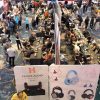







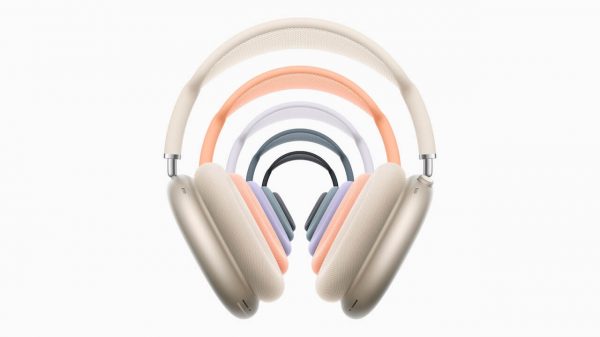
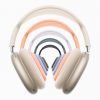
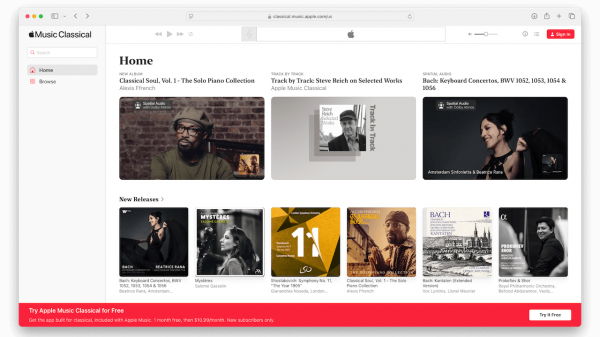
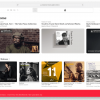
















ORT
June 28, 2022 at 3:01 pm
It has been my experience that USB C sucketh compared to fApple’s Lightening connector and that being from a purely quality of build point of view.
USB C is floppy and cannot seem to hold a connection while the fApple Lightening easily maintains a solid grip of a connection.
YEMVFD2D.
Nope. That ain’t Yiddish or Toadish. Your Experience May Vary From Device to Device.
ORT